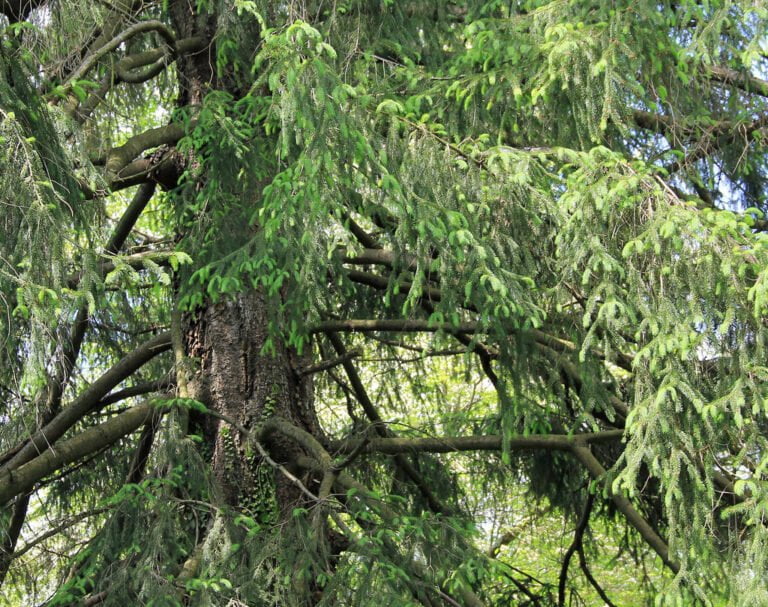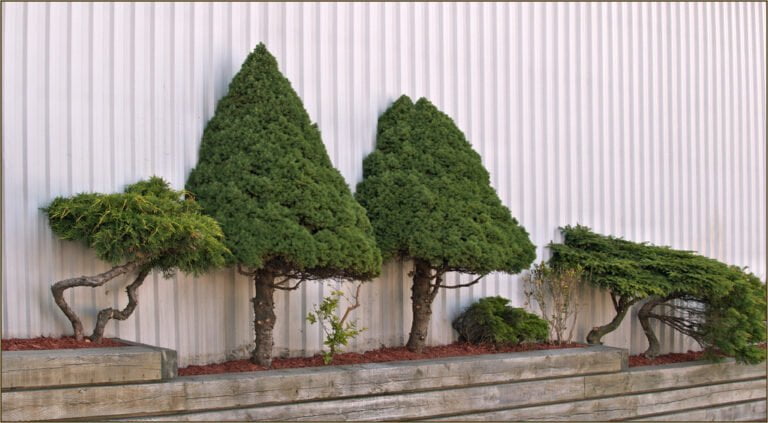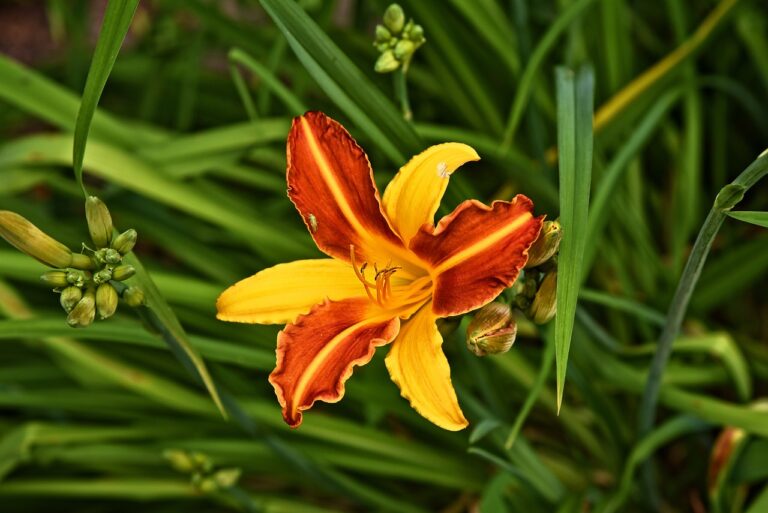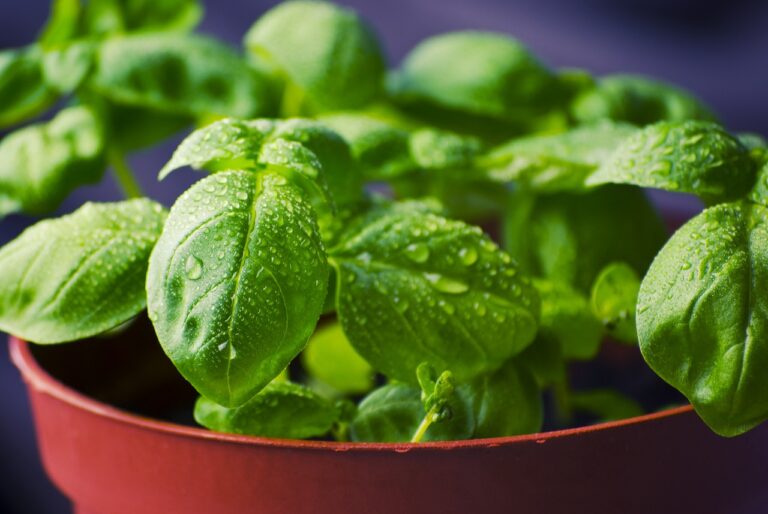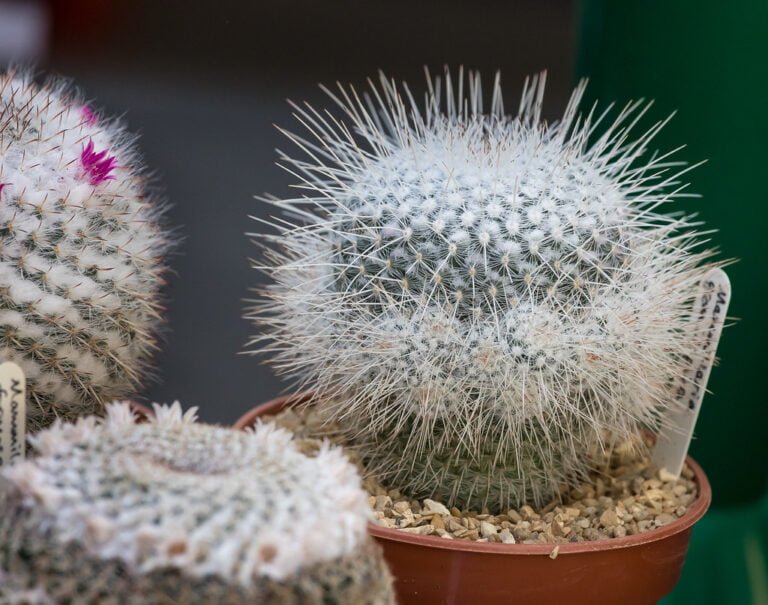Climbing and Vining Plants
Climbing and vining plants bring beauty and function to your garden, offering vertical interest, shade, and attracting pollinators like bees and butterflies. For sturdy support, choose the right trellises or arbors, made of durable materials like wood, metal, or PVC. To propagate or prune, consider layering, cuttings, or seeds, and trim for new growth and blooms. Prevent pests and diseases with integrated management and good practices. Use climbers creatively on fences with options like climbing hydrangeas or Virginia Creeper, which thrive in diverse conditions for a rich, textured landscape that beckons wildlife.
Benefits of Climbing Plants
Climbing plants offer a multitude of benefits that boost the aesthetic appeal and functionality of any garden space. Vines, especially flowering vines, are excellent choices for adding vertical interest to a garden. These plants climb structures, such as arbors and trellises, creating a visually appealing dimension to the landscape. When strategically placed in areas that receive full sun, climbing plants can provide shade, privacy, and even conceal unsightly features in the garden.
One significant advantage of incorporating climbing plants into your garden is their ability to attract pollinators. The beautiful flowers that adorn these vines act as signals for bees and butterflies, enhancing the overall biodiversity of your garden. By supporting these essential pollinators, climbing plants contribute to the health of the ecosystem while also adding a vibrant touch to your outdoor space.
Moreover, climbing plants have the remarkable ability to make a garden feel more lush and full. Their cascading foliage and colorful blossoms fill up vertical spaces, transforming ordinary areas into enchanting retreats. Once established, many climbing plants are low-maintenance, requiring minimal care while providing long-term beauty. This combination of visual appeal, functionality, and ecological benefits makes climbing plants a valuable addition to any garden landscape.
Choosing the Right Support Structures
When selecting the appropriate support structures for climbing and vining plants in your garden, it is vital to take into account factors such as the plant’s growth habits and the overall design aesthetics desired. Climbing plants, especially those that need full sun, thrive when provided with sturdy trellises. Trellises offer vertical support, allowing the plants to climb and grow upwards, making them a good choice for plants like roses and morning glories.
For vining plants that spread horizontally, arbors and pergolas work well as support structures. These overhead structures provide the perfect framework for vining plants to grow and spread, creating a beautiful canopy effect in the garden. When choosing support structures, opt for durable materials like wood, metal, or PVC to ensure they can withstand the weight and growth of the plants over time.
It’s important to properly install support structures to guarantee the stability and longevity of your climbing and vining plants in the garden landscape. By selecting the right support structures based on the specific needs and growth patterns of your plants, you can create a visually appealing and well-supported environment for them to flourish.
Propagation and Pruning Tips
To propagate and prune climbing and vining plants effectively, understanding the specific methods and timing for each plant species is vital. Climbing plants can be propagated through various methods such as layering, cuttings, or seeds, depending on the plant type. Layering involves bending a flexible stem down to the soil, where it will develop roots before being separated from the parent plant. Cuttings, on the other hand, require taking a section of a healthy stem and encouraging it to grow roots in a separate growing medium. Some climbing plants, like morning glories, can also be grown from seeds sown directly into the soil.
Pruning is essential for maintaining the health and appearance of climbing vines. It helps to shape the plant, encourage new growth, and increase flowering. The timing of pruning varies among different climbing plants, with most species benefiting from pruning after flowering. Regular pruning of dead or damaged growth not only improves the overall look of the plant but also prevents diseases from taking hold. When pruning, it is crucial to cut back to healthy buds or nodes to promote vigorous new growth in climbing vines. Mastering the art of propagation and pruning is key to keeping climbing and vining plants thriving and beautiful in any garden setting.
Dealing With Common Pests and Diseases
Common pests and diseases pose a significant threat to the health and vitality of climbing and vining plants, necessitating proactive management strategies for best plant care. Climbing vines, like other plants, can fall victim to common pests such as aphids, spider mites, and whiteflies. These pests can damage the leaves, stems, and overall health of the climbing vine if left unchecked. Additionally, diseases like powdery mildew, botrytis, and root rot can impact the vigor and growth of these plants.
To combat these issues, integrated pest management techniques are essential. This approach involves using beneficial insects, like ladybugs or lacewings, to naturally control pest populations. Good sanitation practices, such as removing debris and weeds around the climbing vines, can also help prevent pest infestations. Regularly monitoring the plants for any signs of pests or diseases is critical for early detection and effective management.
Proper watering practices are important in preventing diseases like powdery mildew. Overhead watering should be avoided, as it can create a humid environment conducive to disease development. Adequate air circulation around the climbing vine, especially in dense foliage, can also help prevent common diseases. By implementing these strategies and staying vigilant, you can safeguard the health and longevity of your climbing and vining plants.
Creative Ways to Use Climbers in Landscaping
Using climbing and vining plants in landscaping offers a versatile and visually striking way to raise outdoor spaces. When considering plants to grow along a fence, two excellent options are climbing hydrangeas and Virginia Creeper. Climbing hydrangeas thrive in partial shade to full sun, producing beautiful lace-cap flowers in the summer and vibrant foliage in the fall. They are relatively easy to cultivate and can quickly cover large areas, making them perfect for adding a touch of sophistication to fences or walls.
On the other hand, Virginia Creeper is a fast-growing vine that tolerates various light conditions, from full sun to shade. Its lush green leaves turn a brilliant red in the autumn, adding a pop of color to the landscape. Virginia Creeper is also low-maintenance and can spread to create a thick, green backdrop along fences or trellises.
To maximize the impact of climbing and vining plants in your landscaping, consider mixing different varieties to create texture and interest. Combining climbers with different flowering times can ensure year-round beauty in your outdoor space. With their ability to soften hard surfaces, provide privacy, and attract wildlife, climbing and vining plants are a must-have for any garden enthusiast looking to enrich their landscape design.

